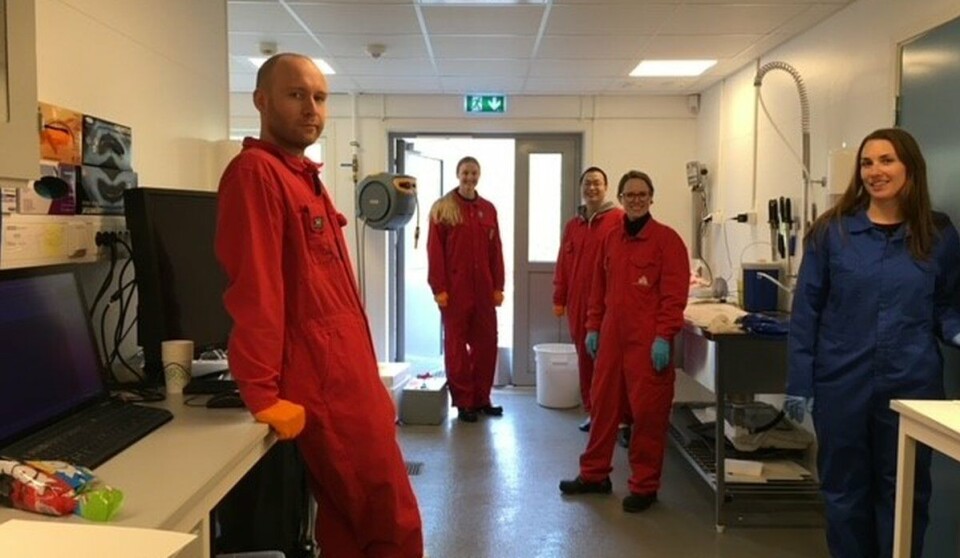
Farmed salmon ‘need more vitamins in the spring’
Increased growth leads to reduction of vitamins C and E that protect against oxidative stress, say scientists at Norway’s Institute of Marine Research
What happens inside a fish when it is affected by oxidative stress and the seasons? Marine scientists have studied this, which in the technical language is called redox biology, in more detail.
They carried out three experiments with post-smolt salmon. The results have recently been published as three articles in scientific journals.
They show that increased growth as a result of increased day length and temperature in spring affects both the oxidation status and the metabolism of the salmon. This causes vitamins C and E to be consumed. These vitamins help protect the fish against oxidative stress.
The basis of all life
When we have eaten food, our metabolism uses oxygen to provide energy for the body. In this process, small amounts of electrons leak out. These then settle on the oxygen, and free oxygen radicals are produced. The same happens with a fish when it eats.
This by-product of combustion is an important part of the body ’s signalling system. The free radicals are very reactive, which is why they’re called radicals. If we have too many of these radicals, oxidative stress occurs. This stress is an imbalance in the system that can damage our cells. The body “rusts from within”, as it were. And we can measure these levels.
Three different trials
The body’s weapon against oxidative stress is antioxidants, and many of them are found naturally in the body. In metabolism, there are many enzymes that have on-off switches that are regulated by oxygen radicals and oxidation state. By turning these switches on and off, various pathways in the metabolism are controlled by free radicals created in combustion.
But what is it that turns the “switch” on and off, so that the cells are told to change their metabolism?
This is what the researchers have tried to find out. “The spring drop” is a good example of how the fish is affected by oxidative stress.
“In the spring there is a period when the fish lose their colour. This is because the oxidative stress has hammered the antioxidants so hard, that it has lost the substance astaxanthin, which is also an antioxidant, and which gives the fillet its characteristic red colour,” explains IMR senior scientist Kristin Hamre.
Day length
The researchers have also seen a clear connection between the growth periods and the impact of stress by creating an artificial spring for the fish. The length of the days in particular has a great influence on the fish’s oxidative status.
“When the temperatures rise and the days get longer, the fish increase their growth, and this triggers a stress reaction in their bodies. This reaction means that the oxidative stress level can increase up to 1,000 times,” says Hamre.
For fish living in the wild, this process occurs naturally from March until the sun turns at the end of June.
Back to normal in autumn
As the days shortern and the fish stop increasing growth, the oxidative stress in the salmon's body is also reduced.
“Gradually, we see that vitamin E and C levels, as well as stress levels, return to normal,” says Hamre.
The findings show in particular that farmed salmon need more adapted vitamin levels in the spring than in other parts of the year because growth in itself is a stress factor for the fish.
This article was reproduced from the IMR website.
The three journal articles referred to can be read here:
https://doi.org/10.1016/j.aquaculture.2023.740400























































